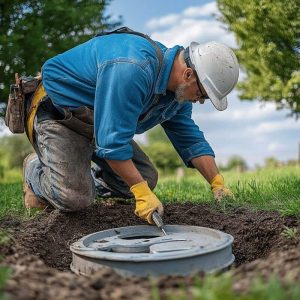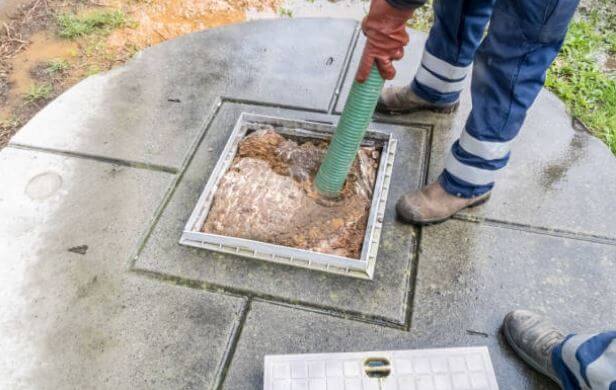A well-functioning septic system is essential for any home not connected to a municipal sewer line. When septic tanks fail, they create a mess and pose significant health and environmental hazards. As a trusted septic service provider in Napa, CA, we understand the importance of recognizing early warning signs and preventing system breakdowns before they escalate into costly repairs.
Top Reasons Why Septic Tanks Fail
1. Lack of Regular Pumping
Over time, solid waste accumulates at the bottom of your septic tank. These solids can overflow into the drain field without timely pumping, causing clogs and system damage. Depending on usage, most households benefit from pumping every 3 to 5 years. Delaying this essential service is one of the most common causes of septic failure.
2. Overuse of Water
Excessive water usage overwhelms your septic system, preventing it from properly separating and treating waste. Doing several laundry loads in a single day, taking long showers, and having leaky faucets all contribute to excess water entering the system. High-efficiency appliances and mindful water habits can dramatically reduce this risk.
3. Flushing the Wrong Items
Toilet paper and human waste are the only materials that should go down the toilet. Wipes, feminine hygiene products, diapers, and paper towels don’t break down easily and can clog pipes or fill the tank prematurely. Grease and oils poured down drains also lead to buildup and blockage.
4. Ignoring Inspections
Homeowners often neglect routine inspections, assuming everything is fine until it’s not. A professional septic inspection every 1 to 3 years helps detect minor issues before they develop into significant problems. Catching damage early can extend your system’s lifespan significantly.
5. Damage to the Drain Field
The drain field is crucial for filtering liquid waste. Parking cars, placing heavy objects, or planting trees with invasive roots above this area can compact the soil or break the pipes. Protecting the drain field by keeping it free of weight and deep-rooted vegetation is vital.
How to Prevent Septic System Failures
1. Stick to a Maintenance Schedule
Routine maintenance is the first line of defense against septic failure. Based on your household size and usage, set reminders for pumping and inspections. A consistent care schedule prevents unexpected problems and saves money in the long run.
2. Reduce Water Load
Adopting water-saving habits benefits both the environment and your septic system. Fix leaks promptly, spread out laundry loads, and install low-flow faucets and toilets to manage wastewater levels.
3. Watch What You Flush
Educate everyone in your household about what belongs—and what doesn’t—in the toilet. Use sink strainers to catch food debris and avoid pouring fats or oils down the drain. These small steps go a long way toward keeping your system healthy.
4. Safeguard the Drain Field
Ensure gutters and downspouts direct water away from the drain field. Avoid paving over it or using it for heavy storage. Keeping this area undisturbed is key to ensuring your system can properly process waste.
 5. Choose Septic-Safe Products
5. Choose Septic-Safe Products
Household cleaners, detergents, and antibacterial soaps can disrupt the natural bacteria that help your septic tank function. Choose biodegradable, septic-safe products to keep the microbial balance intact.
A well-maintained septic system offers years of reliable performance. Staying proactive with inspections, maintenance, and mindful habits can help prevent disruptive and expensive failures. If you’re looking for professional and dependable septic service in Napa, CA, contact American Sanitation Inc. today to schedule your next maintenance visit or learn how we can support your system’s long-term health.





